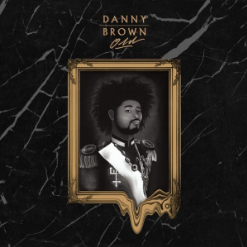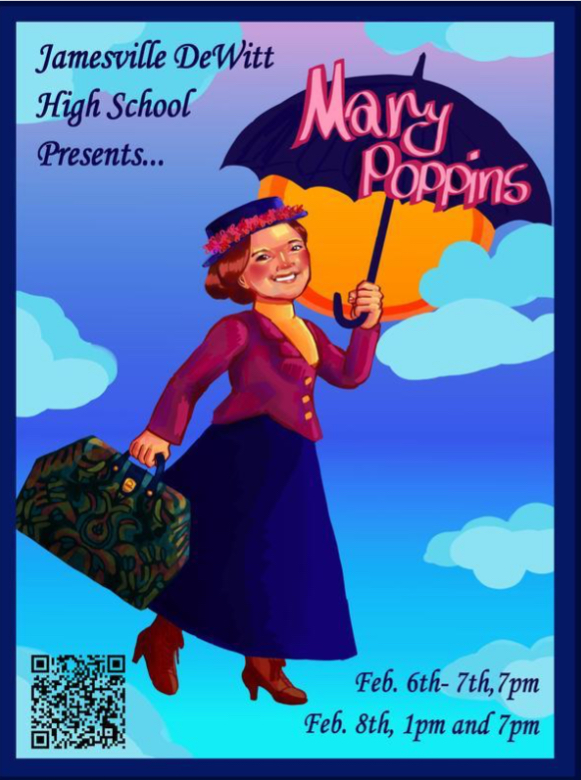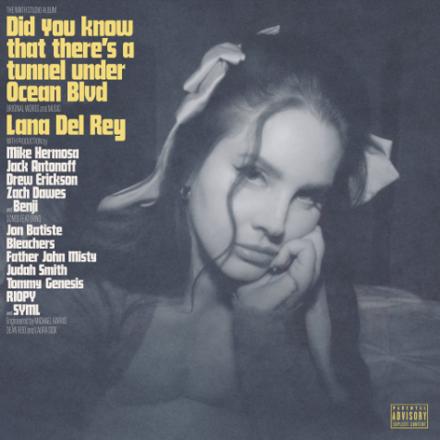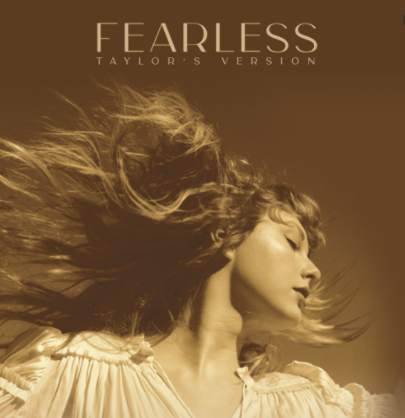Old by Danny Brown
Opinions belonging to Luke Hobika ’20
Best tracks: “Side A (Old);” “Torture;” “Dip;” “Smokin’ & Drinkin’
”Worst tracks: “Dope Fiend Rental;” “Handstand;” “Way Up Here”
It’s bound to happen to any musical artist in their career. He or she releases their first few albums to critical acclaim, but by the time the fourth or fifth project rolls around, the fans begin to compare the more contemporary works to those of the past. Danny Brown, an experienced hip-hop artist from Detroit, started his career with two distinctive solo projects that respectively drew influence from the boom-bap era of groups such as Wu-Tang Clan. The murky, fierce instrumentals accompanied by Brown’s intense recollection of the stories involving the ghetto upbringing he personally experienced left listeners addicted for more material. However, repeating this theme over the course of multiple projects would ultimately result in redundancy, so it is understandable why in later years Brown resorted to the current trap sound that occupies the rap genre. In response to this shift in sound, Brown’s own supporters were not shy of expressing their want for “that old Danny Brown,” which Brown makes obvious on the chorus of the opening track for his October 8th, 2013 album, Old. Instead of choosing a distinct production theme on this project, Brown takes advantage of this moment that occurs in most artists’ careers and fuses together both of the sounds he has experimented with into one album to satisfy his fan base.
Like a classic vinyl record, Old is separated into “Side A” and “Side B.” The first chunk of the album devotes itself to the appeal of Brown that presented itself within the early stages of his career. Consisting of ten tracks out of nineteen, “Side A” is dense with intriguing yet disturbing tales of the horrendous occurrences of Brown’s childhood that would ultimately influence his mindset permanently. “25 Bucks” exemplifies Brown’s immense skill of storytelling by connecting his own story of adolescence to the current vicious cycle of poverty that exists within the slums of the country. It goes into depth about the desperation of his mother for money as a result of the incarceration of his father. In order to assist his family, Brown began hustling because as a child of the ghetto, that was the only opportunity for cash he had at the time. Yet just like his father, Brown ultimately trapped himself within the “system of the devil.” On other moments of Side A, Brown incorporates clever wordplay to portray the constant circle-story happenings of his life. For instance, Brown includes complex metaphors of food on the rapid-paced “Lonely” with, “Locked tryna get real creative with the spam/Locked in a jam cause a n—- to serve butter/Just to get a little bread had to keep tomato smothered.” The first half of the project successfully reminds the listener the reasons why the “old” Danny Brown” is so adored among fanatics. In contrast, Side B of Old, dedicating itself to the modern tones of rap, falls short of interesting both the supporters of the early Danny Brown and current fans of Brown.

Side B of Old, consisting of nine tracks, showcases Brown in a mood that opposes the gloomy tone of the first half of the project. Here, Brown supports the saturated electronic production with a schizophrenic attitude of an individual stuck in addiction to narcotics. Differing from Side A, Side B relies more on the overwhelming, psychotic beats to entice the listener rather than the lyrics themselves. Each track on this half has its own distinct, hypnotic composition of sound that is so powerful that the listeners themselves feel the power of being under the influence without actually consuming any substance. The instrumentals to tracks like the frantic “Smokin’ & Drinkin’” and the manic “Dip” are forceful enough to pull the listener away from the drawbacks that exist within the subject matter of each track. This is most evident on the penultimate track “Kush Coma.” Listeners who lose concentration on the vocals in the song by the mesmeric, synth-led production become oblivious to the brainless lyrics that are spoken on the song, the worst being featuring artist’s A$AP Rocky’s eye-rolling line: “So many numbers in my phonebook/I could start a motherf—— phone book.” In the end, the second portion of Old is saved from its presentation of abysmal topics by its impressive production choices.
In short, Old as a whole can be described as business in the front, party in the back. However, the exchange of his introspective attitude present on Side A of Old for a less conscious perspective on Side B symbolizes the idea of keeping a grasp of your roots no matter where you go in life instead of succumbing to the current culture.










































